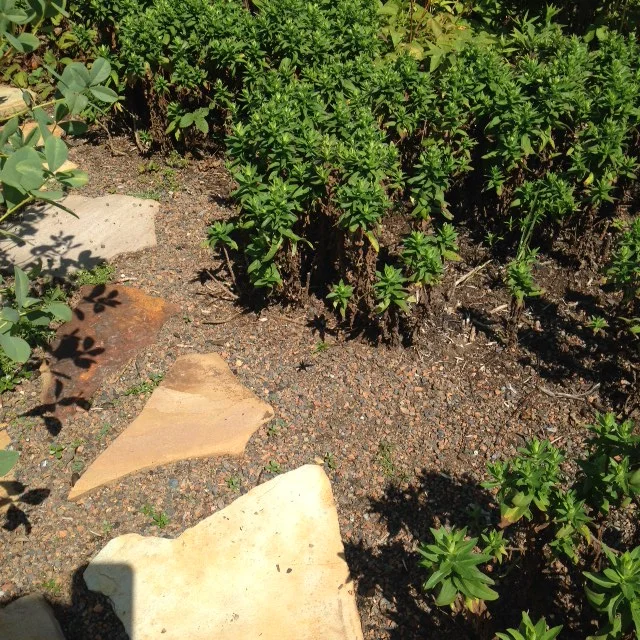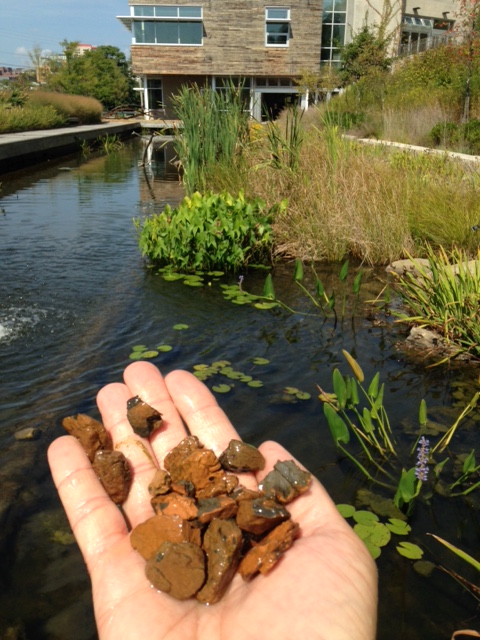Expanded Shale Ideal for Constructed Wetlands in Pennsylvania Botanical Gardens
Key Insights:

Quick Facts
- Name: Phipps Conservatory and Botanical Gardens
- Location: Pittsburgh, Pennsylvania
- Size: 24,350 square feet
Challenge: Repurpose a former brownfield site into a sustainable facility with net-zero water and energy usage.
How Arcosa Helped
- Our Solution: Expanded shale was used in constructed wetlands, green roofs, and rain gardens to filter and treat stormwater on-site.
- Why Lightweight Works: ESCS media enhances stormwater filtration, promotes plant growth, and supports sustainable design.
Final Results
- Water is fully treated on-site, with no discharge offsite.
Key Quote
“This project exemplifies the sustainable versatility of ESCS in stormwater treatment and horticultural applications.”
Expanded Shale Ideal for Constructed Wetlands in Pennsylvania Botanical Gardens
Expanded shale is a key component in the stormwater and sanitary water management system at Pittsburgh’s Phipps Conservatory and Botanical Gardens. The Center for Sustainable Landscapes uses expanded shale, clay, and slate (ESCS) extensively in constructed wetlands to treat all the sanitary water on-site. In addition, rain gardens, lagoons, and rooftop gardens featuring ESCS media capture and filter all the stormwater, ensuring that none of the water leaves the site.
The 24,350 square-foot Center for Sustainable Landscapes is located on a 2.65-acre former brownfield site, situated on a steep slope behind the Phipps Conservatory. It exemplifies the successful transformation of a polluted site into a net-zero water and net-zero energy facility. The landscape incorporates rainwater irrigation systems and non-invasive native plants, creating a sustainable environment that aligns with both environmental and aesthetic goals.

In addition to filtering pollutants and insulating the building with expanded shale, the facility’s green roof produces edible plants for educational programming or use at Café Phipps. The green infrastructure ensures that all stormwater is treated on-site, where it discharges into a lagoon wetland and is naturally purified through layers of planted ESCS.
Project Achievements
- Living Building Challenge™: Only the seventh building in the world to achieve full certification under this rigorous standard.
- LEED® Platinum: Tied for the highest points awarded under version 2.2.
- Four Stars Sustainable SITES Initiative™: The first and only project to achieve this honor.
- WELL Building Platinum: The first and only project of its kind.
Green Innovations
The Center generates its own energy through solar panels, a wind turbine, and 14 geothermal wells. Additionally, the landscaping showcases native plants found naturally within a 200-mile radius of the site, further supporting the commitment to sustainability. This project not only demonstrates cutting-edge sustainable design and construction but also highlights the versatile use of ESCS for stormwater treatment and horticultural applications.
About Phipps Conservatory
The Phipps Conservatory and Botanical Gardens, a gift to the City of Pittsburgh by Henry W. Phipps, opened in 1893 as a place for public instruction and community enjoyment. Today, it remains one of the greenest public gardens in the world, attracting over 250,000 visitors annually. The Center for Sustainable Landscapes is an iconic part of the Conservatory’s sustainability efforts, offering a unique look at how green building practices can contribute to environmental stewardship.












